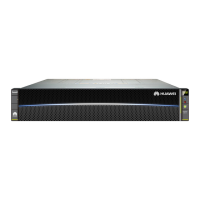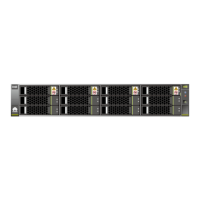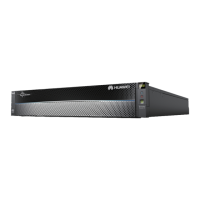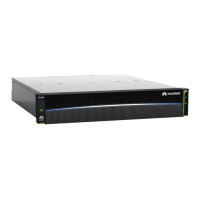recovery solutions emerge. The remote replication technology is one of the key technologies
used by remote disaster recovery solutions. HyperReplication is a remote replication feature
developed by Huawei.
Definition
The remote replication feature developed by Huawei is called HyperReplication. When a
storage system runs block services, remote replication supports the following two modes:
l Synchronous remote replication
In this mode, data is synchronized in real time to achieve full protection for data
consistency and minimized data loss in the event of a disaster.
l Asynchronous remote replication
Data is synchronized periodically to minimize service performance deterioration caused
by the long latency of long-distance data transmission.
Benefit
Table 1-1 lists the purposes and benefits of the remote replication feature.
Table 1-1 Purposes and benefits of the remote replication feature
Function of Remote
Replication
Purpose Benefit
Remote backup and
recovery
To recover service data using
backup data in the remote
storage system after the
service data becomes
unusable.
This feature prevents damage
caused by data loss in the case
that data at the primary site
becomes unusable.
Continuous support for
services
To quickly switch service data
from the primary site to the
secondary site, protecting
service continuity.
This feature prevents damage
caused by a service interruption
upon a failure at the primary
site.
Disaster recovery To recover data at the primary
site using backup data at the
secondary site in the case of a
disaster.
This feature prevents the
damage caused by service data
loss or long recovery duration.
Note 1: A primary site is a data center that includes the primary storage system, application
servers, and links.
Note 2: A secondary site is a backup center that includes the secondary storage system,
application servers, and links.
Note 3: Unless otherwise specified, hosts mentioned in this document refer to application
servers.
OceanStor V3 Series
Remote Replication Feature Guide for Block
1 Feature Description
Issue 06 (2018-01-30) Huawei Proprietary and Confidential
Copyright © Huawei Technologies Co., Ltd.
2

